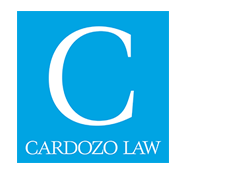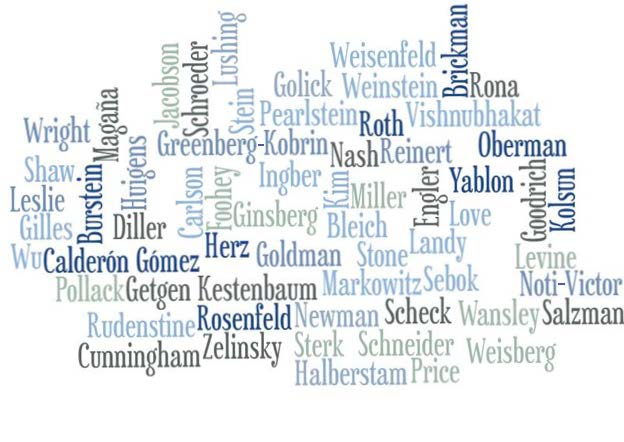Publication Date
2005
Journal
Washington University Law Quarterly
Abstract
Increased use of the intellectual property label to describe copyright and related areas of law has spawned analogies to the protections afforded real property. These analogies ignore significant differences between the foundations that undergird real and intellectual property rights. In particular, real property rights operate to avoid breaches of the peace and tragedies of the commons - problems that do not arise with intellectual works - while copyright and other intellectual property rights are designed to provide an incentive to create, an incentive irrelevant when land is at issue. These disparities in justification caution against routine importation of real property concepts into copyright law.
After exploring the weak correlation between justifications for rights in land and in works of authorship, the article explores how the disparate justifications should and do shape doctrine. In particular, the article suggests that differences in the duration of rights, in the scope of the right to exclude, and in the availability of injunctive relief can be explained by differences in justification for property rights. The article then turns to the interplay between copyright and contract, and suggests that here, too, the difference in foundation for real and intellectual property rights cautions against resort to easy analogies to resolve unique and difficult problems.
Volume
83
First Page
417
Publisher
University of Washington School of Law
Disciplines
Bankruptcy Law | Intellectual Property Law | Law
Recommended Citation
Stewart E. Sterk,
Intellectualizing Property: The Tenuous Connections Between Land and Copyright,
83
Washington University Law Quarterly
417
(2005).
https://larc.cardozo.yu.edu/faculty-articles/629



